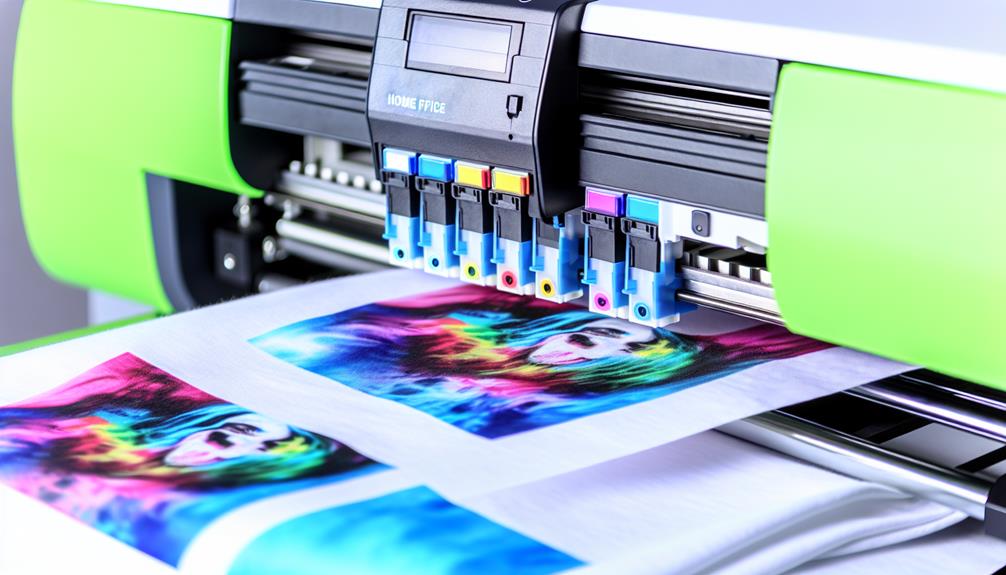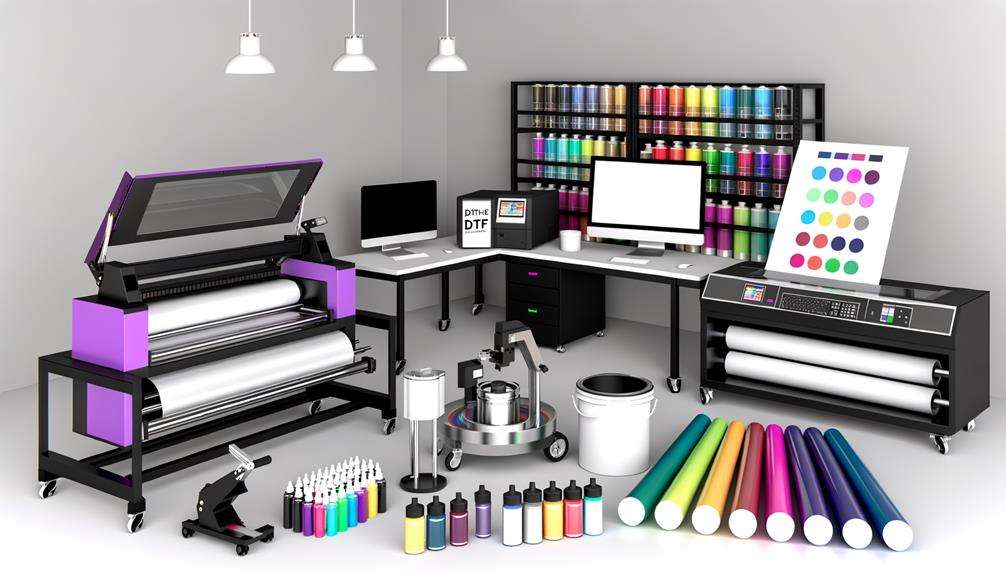
“What You Need to Know About Maintenance for Direct to Film Printers”
Introduction
Direct to Film (DTF) printing has revolutionized the way designs are transferred onto garments and various surfaces. The capability to produce high-quality prints quickly has made DTF printers increasingly popular among businesses, especially in the custom apparel market. However, like any other equipment, maintaining a direct to film printer is essential for ensuring longevity and optimal performance. In this comprehensive guide, we will delve into everything you need to know about maintenance for direct to film printers. By the end of this article, you'll be equipped with the knowledge necessary to keep your DTF printer running smoothly.
What You Need to Know About Maintenance for Direct to Film Printers
Maintaining a direct to film printer isn't just about cleaning it; it's an art that combines regular upkeep and understanding how the technology works. DTF printing involves specific processes that require consistent attention. If you're serious about producing high-quality DTF prints, neglecting maintenance can lead to subpar results or even costly repairs.
Why is Maintenance Important?
When we think about maintenance, we often overlook its importance until something goes wrong. So, why is maintenance crucial for your DTF printer? Here are some vital reasons:
-
Quality Assurance: Regular maintenance ensures that the print quality remains consistent. Clogged nozzles or worn-out parts can ruin a print run.
-
Cost Efficiency: Preventative care helps avoid unexpected costs associated with repairs or replacements.
-
Longevity: Just like your car needs oil changes, your DTF printer requires upkeep for optimal operation.

The Basics of Direct to Film Printing
Before diving deeper into maintenance specifics, let's recap what DTF printing entails. This technique involves printing designs on a special film using specialized inks. Once printed, the design is transferred onto fabric using heat and pressure.
Key Components of a DTF Printer
Understanding your machine's components will help you maintain it better:
Routine Cleaning Procedures
Daily Cleaning Checklist
Cleaning should be part of your daily routine if you're frequently using your direct to film printer:
- Check for ink clogs by running a nozzle check.
- Clean any excess ink around the print head.
- Ensure that the film feed area is clear from debris.
Weekly Maintenance Tasks
Every week, set aside time for more thorough cleaning:
- Use a soft cloth with alcohol-based cleaners on non-electrical parts.
- Inspect and clean air filters if applicable.
- Verify that all cables and connections are secure.
Monthly Maintenance Schedule
Once a month, dive deeper into more detailed tasks:
Troubleshooting Common Issues
Even with rigorous maintenance, issues may arise from time to time:
Clogged Nozzles
If you notice streaks in your prints or missing colors, clogged nozzles might be at fault.
Solution
Run a cleaning cycle on your printer according to the manufacturer's instructions.
Poor Adhesion of Transfers
Sometimes transfers don’t stick well due to improper heating or pressure settings.
Solution
Check temperature settings and ensure that sufficient pressure is applied during transfers.
Best Practices for Long-term Care
By following these best practices, you can extend your printer's lifespan significantly:
How Environment Affects Your Printer’s Performance
Your working environment plays an integral role in how well your DTF printer operates:
Temperature Control
High temperatures can cause inks to dry out quickly while low temperatures can thicken them unnecessarily.
Humidity Levels
Excess moisture can lead to paper jams or affect print quality negatively.
Professional Services vs DIY Maintenance
While many tasks can be handled independently, sometimes calling professionals might be necessary:
When Should You Call an Expert?
- Persistent issues despite regular maintenance.
- Major repairs such as replacing print heads or circuits.
Benefits of Hiring Professionals
Professionals often have access to advanced tools and knowledge about specific models that can save you time and money in the long run.
FAQs About DTF Printer Maintenance
1. How often should I clean my direct-to-film printer?
It's recommended to perform daily basic cleanings along with weekly and monthly thorough checks depending on usage frequency.
2. Can I use any type of ink in my DTF printer?
No! Always use inks specifically formulated for DTF applications as they ensure quality prints and prevent clogging issues.
3. What causes poor print quality in DTF printing?
Poor print quality can stem from clogged nozzles, low-quality films/inks, incorrect settings or worn-out parts within the printer itself.
4. Is it worth investing in professional maintenance services?
Absolutely! Professional services provide expertise that can save you both time and potential repair costs down the line.

5. How do I know when my print head needs replacing?
Signs include persistent clogs even after cleaning cycles or significant drops in print quality despite routine care steps being taken.
6. What should I do if my transfers aren't adhering properly?
Ensure you're applying appropriate heat settings during transfers; also verify that sufficient pressure is being used throughout this process!
Conclusion
In conclusion, maintaining your direct-to-film printer is not just a chore—it's an investment in quality production and operational efficiency! From understanding daily routines like nozzle checks to recognizing when it's time for expert assistance, equipping yourself with this knowledge ensures you'll get the most out of every print job you undertake!

Whether you're looking at starting wholesale DTF transfers or just trying out custom designs for personal projects—the right care will keep those creations looking their absolute best! So remember these tips as you embark on your journey through Direct To Film Printing; after all—the success of every great design starts with how well we take care of our tools!
This comprehensive look at “What You Need to Know About Maintenance for Direct To Film Printers” serves as an essential guide not only ensuring optimum performance but also extending machinery life through proper practices tailored specifically towards maintaining these innovative devices effectively over time!